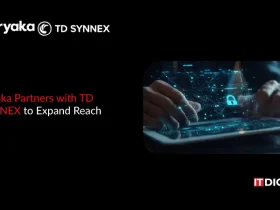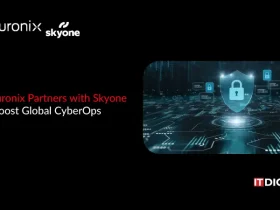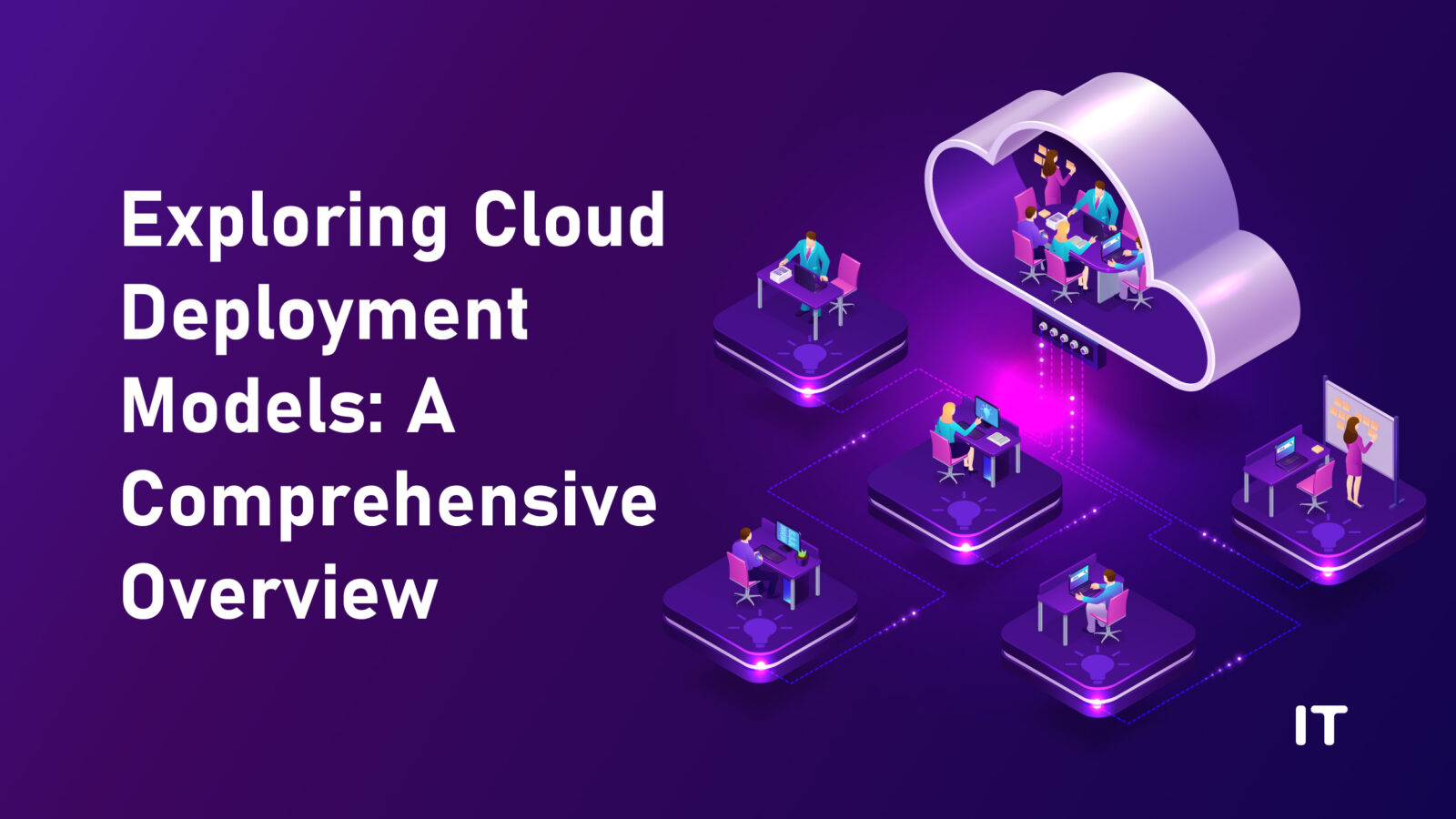In the modern business landscape, IT services and applications play a vital role, each with unique needs regarding privacy, availability, and cost. To enhance operational efficiency and expedite time to market, companies have increasingly turned to cloud computing over the past decade. By leveraging the cloud, businesses gain access to flexible and scalable computing resources that can be easily accessed whenever necessary. However, it is essential to understand that it is not just adopting the cloud but how your organization utilizes its capabilities that can truly provide a significant competitive advantage. Let’s decode everything you need to know about cloud deployment models.
What are Cloud Deployment Models?
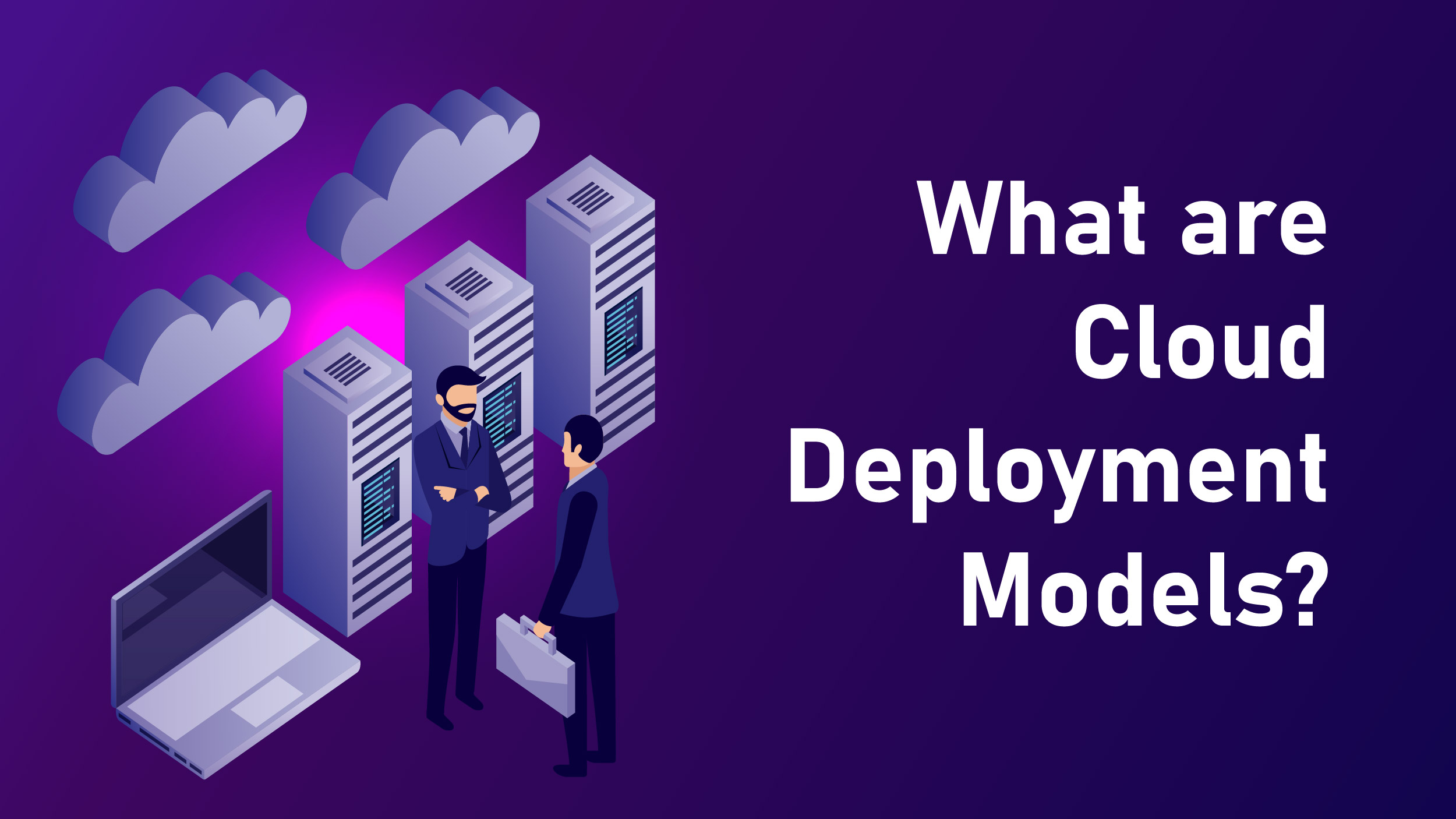 The term “cloud deployment models” refers to various strategies or arrangements for setting up and controlling cloud computing resources. These models specify who owns, manages, and where the infrastructure is located that supports the provision of cloud services.
The term “cloud deployment models” refers to various strategies or arrangements for setting up and controlling cloud computing resources. These models specify who owns, manages, and where the infrastructure is located that supports the provision of cloud services.
Understanding the different cloud deployment models is crucial for maximizing your business’s potential. Each model – public, private, and hybrid cloud – brings distinct advantages that can optimize workload placement and help you capitalize on your return on investment (ROI).
There are numerous models available for cloud computing deployment. The choice of model depends on your specific business requirements, such as finding the right balance between short-term costs and long-term total cost of ownership (TCO), complying with data governance regulations, and ensuring uninterrupted service for mission-critical applications.
Also Read: The Ultimate Guide to Cloud Migration: Everything You Need to Know
Public Cloud
If your business requires immediate access to computing resources without a significant initial investment, public cloud services offer an ideal solution. By leveraging the public cloud, you can procure virtualized compute, storage, and networking services from a reputable cloud service provider through the public internet. This enables you to accelerate time to market, rapidly scale operations, and easily experiment with new applications and services.
Public cloud services offer a convenient pay-per-use model, where minimal initial investment is required. Scaling up is also straightforward since additional capacity can be easily purchased as needed. This makes public cloud services particularly advantageous for short-term workloads, such as those of start-ups that need immediate computing without the long wait. Additionally, by utilizing these services, the burden of hardware maintenance is lifted from your IT team.
Some of the major cloud service providers in today’s market include Amazon Web Services (AWS), Microsoft Azure, Alibaba Cloud, Google Cloud, and IBM. Various options are available, both from larger corporations and smaller companies, each offering a unique set of services.
Despite the benefits of public cloud services, there are certain workloads that cannot be effectively transferred to the public cloud. This includes legacy applications that pose challenges or risks in migration. Therefore, the private cloud continues to play a vital role in your overall cloud strategy.
Private Cloud
If you want to have the greatest level of control over your resources and data, while also ensuring long-term cost efficiency, then a private cloud is likely the best option for you.
A private cloud is hosted in your organization’s own data center and managed by your IT team. Setting up a private cloud involves a significant upfront investment, as you need to purchase and install the necessary hardware. Additionally, ongoing management and operational costs are required. However, utilizing a private cloud can result in lower total cost of ownership (TCO) because it allows you to achieve greater computing power without relying on extensive physical hardware. Furthermore, a private cloud provides support for legacy applications that may not be compatible with or suitable for migration to public cloud environments.
Opting for a private cloud gives you the advantage of controlling how data is stored and shared. If concerns about cloud security arise, this option allows you to manage data governance, ensure regulatory compliance, and safeguard valuable intellectual property.
Moreover, with your private cloud, you have the advantage of accessing data whenever you need it, guaranteeing its availability and providing support for important workloads. The ability to control resource allocation empowers you to swiftly adapt to fluctuations in workload demands.
Hybrid Cloud
A hybrid cloud integrates public and private cloud environments, enabling the exchange of data and applications between them. This facilitates the smooth scaling of services between a company’s internal infrastructure and the public cloud.
Multi-cloud
Due to the diverse range of workloads and their unique requirements, many businesses opt for a multicloud approach. This entails utilizing services from various cloud service providers, as well as incorporating their own private cloud resources.
Using multicloud allows for greater flexibility in terms of cost, service options, capabilities, and geographical locations. By strategically planning a multicloud strategy, organizations can achieve consistency regardless of the specific services being utilized. To effectively implement this approach, a software layer like Google Cloud’s Anthos* is required to manage and orchestrate operations across multiple cloud environments.
To put it briefly, adopting a multicloud, hybrid cloud approach offers the benefits of both private and public clouds while allowing you to strategically run workloads where they are most suitable.
How to Choose the Right Cloud Deployment Model?
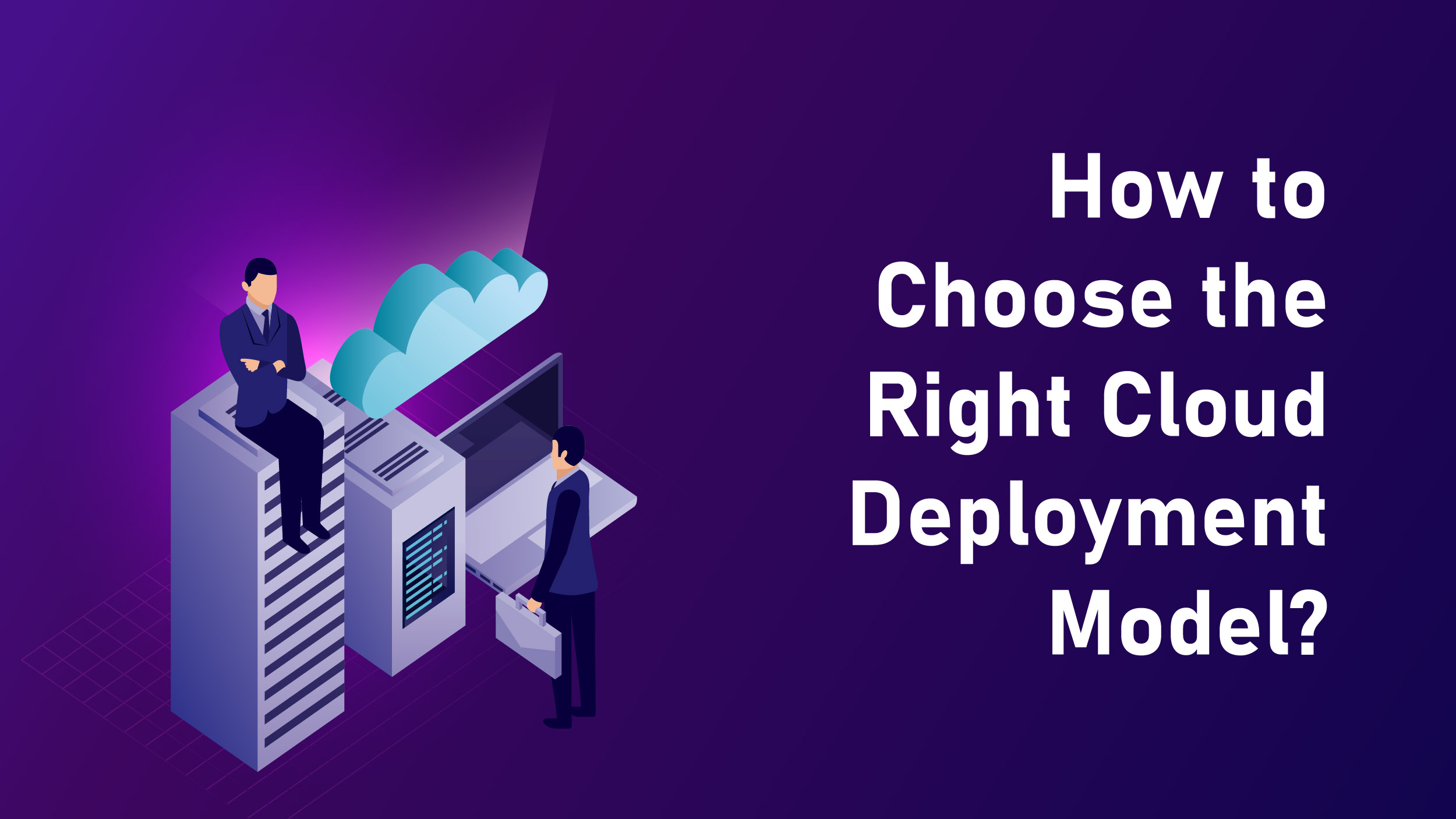 Instead of adopting a blanket approach, IT decision-makers should evaluate each workload individually when determining which cloud deployment model to use. This involves conducting an assessment that takes into account your application requirements and dependencies, as well as your business objectives. It’s important to consider how these goals may evolve over time. For instance, certain workloads may initially be hosted in the cloud for quick market entry but eventually migrate to a private cloud to enhance control and reduce total cost of ownership.
Instead of adopting a blanket approach, IT decision-makers should evaluate each workload individually when determining which cloud deployment model to use. This involves conducting an assessment that takes into account your application requirements and dependencies, as well as your business objectives. It’s important to consider how these goals may evolve over time. For instance, certain workloads may initially be hosted in the cloud for quick market entry but eventually migrate to a private cloud to enhance control and reduce total cost of ownership.
To get you started, consider the following general rules.
Private cloud – It is considered best for use cases when you need to:
- Keep private information, especially intellectual property, secure
- Fulfillment of data sovereignty or compliance requirements
- Make certain high-availability
Public cloud -This is ideal for use cases in which you must:
- Expand fast and shorten time to market
- Run workloads over a brief period of time
- Control initiation fees
- Lowering the demand for IT resources
The majority of organizations will require a combination of public and private clouds to satisfy the needs of each application and optimize workloads.
Winding Up
As technology continues to evolve, new cloud deployment models may emerge, offering even more options and opportunities for organizations to optimize their IT infrastructure. It is essential for businesses to stay informed about the latest trends and advancements in cloud computing to make informed decisions and capitalize on the benefits that cloud deployment models offer. By choosing the right deployment model, organizations can unlock the full potential of the cloud and drive innovation, efficiency, and success in their digital transformation journey.









